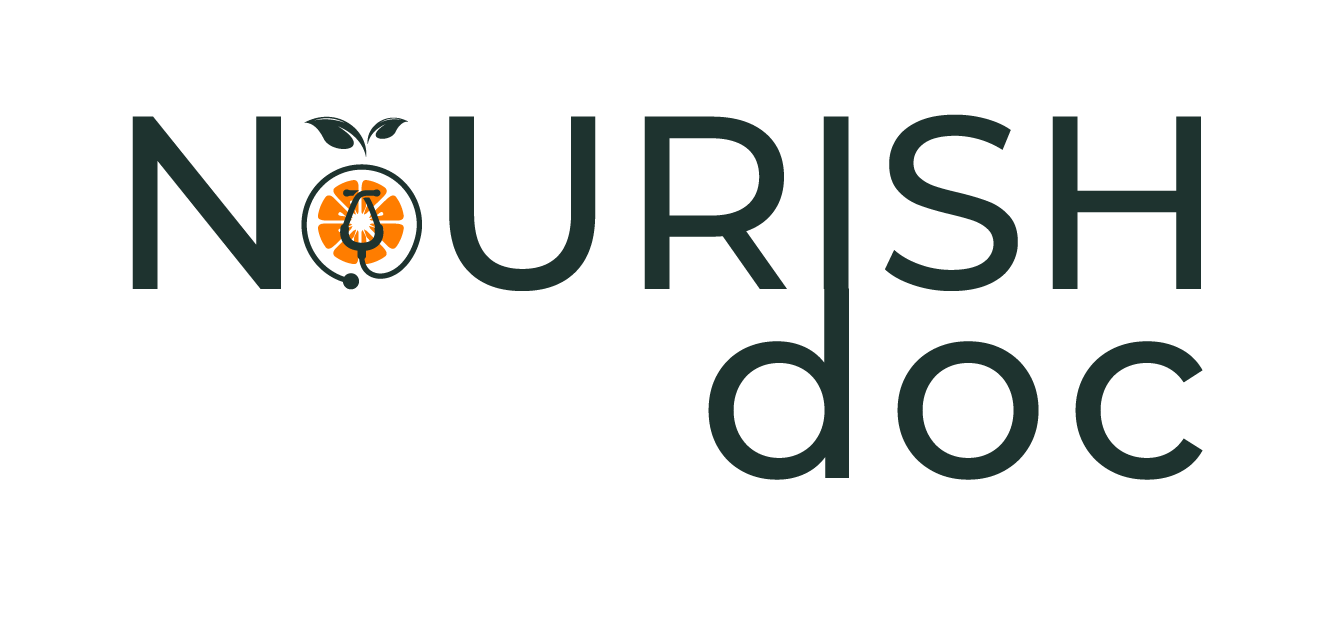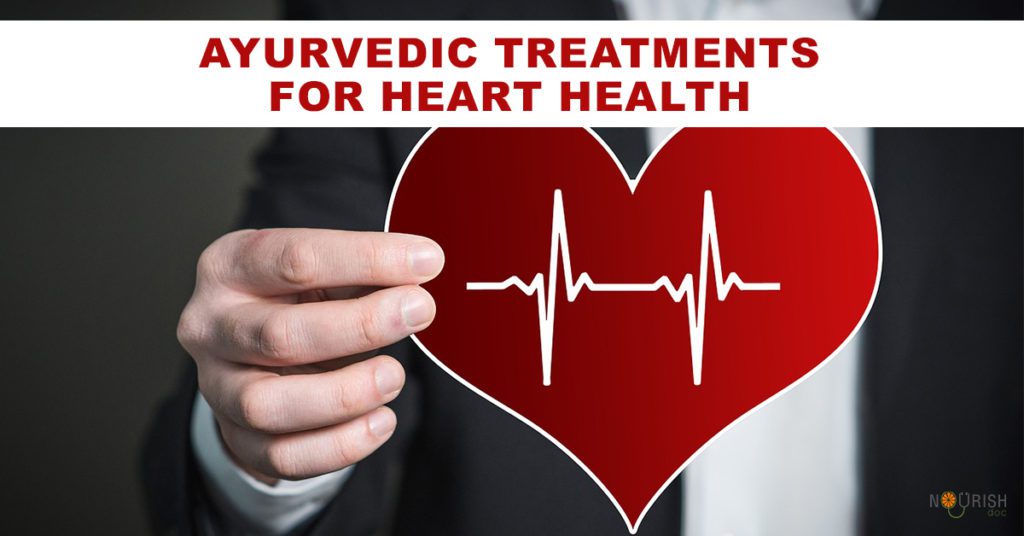Why is heart health vital?
The heart is one of the most critical organs in the body. Just examine the veritable fortress of tissue and bone that surrounds it in the torso cavity. Given that we can’t endure without a properly functioning heart, this amount of physical protection is truly no surprise. But physical protection is not necessarily enough to keep our hearts healthy. In the United States, heart disease is also the leading cause of death for both men and women. The heart is surely an organ deserving of our attention and care. Let us explore the Ayurvedic approach to boosting heart health for all, regardless of the present state of our hearts.
Hypertension is not merely a contributor to numerous conditions but can also respond to the disease process. In the USA, 30 percent of the population suffers from high blood pressure. Of those with a proven diagnosis of hypertension, 53 percent are on antihypertensive prescriptions, many taking more than one drug. It is estimated that the incidence of hypertension is 23 percent or more worldwide. This condition raises the risk of stroke, myocardial infarction, sensory issues, and likely increases mental health problems. People are gradually embracing natural medicine and therapies for therapeutic alternatives.
See: Vietnamese Veggie Hotpot For Heart Health
How does Ayurveda view hypertension?
Ayurvedic medicine views the expression of hypertension in a special light. Ayurveda sees all diseases as an imbalance of
one or two doshas from Vata, Pitta, and Kapha, respectively. In physiology, the doshas are further divided into five sub doshas that complete various duties in the body. When Prana Vata is changed, blood vessels’ dilation and constriction are regulated, impacting blood pressure. The contraction of the heart is the responsibility of Vyana Vata, as Vata is the nervous system. Pitta, the dosha of passion in Ayurveda, has a sub dosha, which makes up the gray matter of the brain, the heart tissue, as well as the cardiac plexus. Sadhaka Pitta is in charge of the adrenal gland and, when disturbed, induces increased adrenaline. Avalambaka Kapha regulates the rhythm, conductivity, tension, Contractuality, tone, and refractory length of the heart. The cells, which in Ayurveda are known as dhatus, are also included. Both dhatus most harmed by doshic imbalance are rasa (the lymph tissues and lymph) and rakta. Rakta is the tissue of red blood cells, liver, spleen, and thyroid.
How Ayurveda views heart health
The Vedic Sciences of Ayurveda, Yoga, and Tantra see the heart as the body’s critical energy center. A wide selection of physical and energetic pathways intersect here. Think of a heart like a wheel where each spoke in a wheel represents another system, station, or substance that originates from, resides inside, or moves through the heart. This multi-faceted confluence of stations is significant since it means that the center is inherently influenced by and capable of changing –each and everyone spoke on the wheel.
The heart is a significant chair (main location) of Vata, pitta, Kapha, and ojas (the subtle essence of energy and resistance ), and it plays a vital role in many inner bodily stations (srotamsi). The center can be deeply integrated with the delicate body, which permeates and informs the body, extends beyond the physical shape, and is more energetic. Because of this, the center is a significant crossroads among pathways through the body (nadis), and it is intimately linked to the heart chakra also. Let’s start by looking at each of the materials and stations that converge in the middle in more detail.
Ayurvedic treatments for heart health
The Srotamsi (Bodily Channels)
The early texts of Ayurveda describe thirteen internal physiological channels that are found in both women and men. Of those, three are suspended in the center. The Ayurvedic texts show that the center is intimately connected to every cell and tissue throughout the body–three unique times through three different channels. No other organ shares the degree of integration with the entire body in the Ayurvedic Srotamsi. Here is a concise overview of the three stations with center roots:
Prana vaha srotas, the lymph station responsible for circulating prana (the life-force energy) through the body and can also be connected to thinking, emotions, and communication with the higher self.
Mano vaha srotas, the mind’s station, occupies the whole body and is responsible for thinking, feeling, discernment, memory, and communication.
Rasa vaha srotas, the lymph and plasma station, is responsible for providing refined nutrition and nourishment to every cell and tissue throughout the body.
Already, we can start to appreciate how profoundly our hearts may be impacted by our heads, by our general state of consciousness, by how prana is or isn’t flowing in our bodies, by the practice of tissue nourishment, and consequently, by diet and the potency of agni (the digestive fire). However, these aren’t the only channels bound to the center.
The Ten Great Vessels
The center is also the origin of a significant set of subtle energetic pathways described in the Vedic texts–the ten great vessels. Of the ten, three are reportedly the most important. Two of these three travel from the bottom of the spine to the crown of their head, intersecting at each of the seven chakras and forming a significant part of the subtle body. They are ida Nadi, the lunar or female channel, which runs to the left of the spine and is connected to the left side of their body and with breathing through the left nostril; Pingala Nadi, the solar or manly channel, which runs to the right of the spine and is connected to the ideal side of the body and also breathing through the right nostril; and Sushumna Nadi, the channel that runs through the middle of the spine and is related to breathing through both nostrils simultaneously. These three nadis are thought to take prana flow, strengthening the prana’s connection, the subtle body, and the heart. Interestingly, once we practice Pranayama, Ida, Pingala, and Sushumna are some of those stations which are most profoundly activated, cleansed, and balanced. This explains why pranayama so powerfully supports heart health.
The Heart Chakra
As we’ve seen, the ten great vessels connect the heart to all seven chakras, but it shares a far more direct connection with the heart chakra (Anahata chakra). Energetically, the heart chakra is an intersection between inner and outer worlds and a bridge to greater consciousness. This energetic vortex is related to compassionate love, relational relations, and caring for others. It’s also the major emotional heart – with a specific affinity for feelings of love, compassion, loneliness, grief, and sadness, which tend to collect around the heart. By definition, each chakra is a nerve plexus in which a range of pathways meet and intersect. While we’ve already highlighted several such stations, the heart chakra increases the number of pathways that converge from the heart and the influences that affect heart health.
See: Prevent And Reverse Heart Disease Naturally
Ojas
The center is home to the subtlest, most tasteful, and essential kind of ojas, the favorable subtle essence of strength, vigor, vitality, and resistance. The super-fine type of ojas that resides at the heart is thought to sustain the action of the heart, consciousness, and life itself. 4 Ojas is the last product of perfect digestion and tissue nourishment. As such, the standard of ojas is a direct manifestation of the strength of agni. But ojas may also be impacted by previous trauma, lifestyle choices, stress levels, the quality of our relationships, and our general state of consciousness. Each of these variables also becomes a significant heart health element.
As we can see, Ayurveda puts the heart in the center of a complicated and complex web of intersecting physical and energetic pathways. So far, we understand the heart to be concurrently and intimately connected to:
The three doshas (Vata, pitta, and Kapha).
Kapha, Vata, and pitta are each said to live, at least in part, at the center. One, it follows that all the doshas’ conditions can influence our heart health and that anything that is happening in the heart can impact Vata, pitta, and Kapha–possibly throughout the body. They control:
The procedure for tissue nutrition, diet, and also the condition of agni (the digestive fire).
The flow of prana through the body.
Emotional health and our general frame of mind.
Our link to higher consciousness.
Emotional health, the emotional body, and particularly, emotions like love, compassion, despair, and sadness.
Ojas, the subtle essence of energy and strength.
Ayurvedic herbs for heart health
To stabilize the body, Ayurveda has many treatment modalities that can be used such as medicinal herbal treatments, dietary and lifestyle changes. Over the past 5,000 years, these herbs have been used to treat heart problems, including hypertension. For instance, rose petals are used to relax the body and help in the vasculature’s comfort. It can be used as a topical application and be taken internally.
– Terminalia arjuna bark and leaves include phytosterols, lactones, flavonoids, phenolic compounds and tannins, and glycosides, in addition to many crucial minerals required for cardiac health. Traditionally, arjuna was used to boost the coronary artery’s potency and improve cardiac function and rhythm. Terminalia arjuna was demonstrated to modulate acetylcholine, epinephrine, and isoproterenol by acting as a pure antagonist at cardiac sites. This is because of its actions as a pure beta-blocker. Interestingly, the level of these effects on cardiac contraction varies in intensity compared to the blockade required to return conditions to normal, unlike synthetic counterparts. Terminalia arjuna protects the heart from cardiotoxic molecules.
– Boerhaavia diffusa is a diuretic, gastrointestinal, and hepatoprotective plant. It is used in Ayurveda to enhance renal function and to protect the liver and kidneys from injury. It is also used to treat jaundice and abdominal discomfort. It contains potassium nitrate, lignan, xanthone, flavonoids, sterols, and other alkaloids. Boerhaavia diffusa was shown to improve renal function and has diuretic properties providing for balanced fluid metabolism. Besides, Boerhaavia diffusa acts like an angiotensin-converting enzyme (ACE) inhibitor, decreasing the blood vessel contraction power.
– Tribulus Terrestris comprises phytosterols, saponins, flavonoids, and lignans.22–28 Tribulus is considered a power diuretic with no powerful downward energy. Tribulus Terrestris increased nitric oxide in myocardial cells, relaxing the heart muscle in addition to the smooth muscle of blood vessels.20,21 Finally, studies have demonstrated an improvement in serum and vascular lipid profiles in both humans and rodent models.22,23 Use of the herb is indicated for protection against calculus formation and to dissolve calculi in blood vessels, lowering blood lipids and enhancing lipid metabolism in the liver.
– Inula racemosa is an herb that returns cardiovascular and respiratory systems to wellness. More to the point, it has been established that Inula racemosa develops adrenergic beta-blocking effects, which act directly on the heart muscle and blood vessels. This herb involves lactones of lignans and sesquiterpene, and eudesmanlides analyzed for soothing properties of their blood vessels.
– Dendrogyra cylindricus is a coral genus. The coral properties cool down the body, help to detoxify, and provide the necessary calcium for cardiac muscle use. Many nutrients are available in the coral and can be digested by the body. Cooling effects, combined with the nutrient profile, benefit the cardiovascular system by calming it and supplying sufficient nutrients to the blood vessels and the heart.
– Rauwolfia serpentina includes naturally occurring reserpine. The proportion of reserpine to other components is small. Since Rauwolfia serpentina delivers reserpine in smallish doses with complementary molecules, dopamine leaching rarely happens. Additional alkaloids in this herb help with remodeling the endothelial cells in the heart vessels. Studies have demonstrated that ajmalicine has been useful in correcting arrhythmias and encouraging consistent heart rhythm during anxiety times.
Safe use and dosage occur when these and other herbs are given, creating conditions that allow the body to maintain stable blood pressure levels. There are specific acts in each mentioned herb, and the herbs function synergistically, building on each other to reduce the cardiac burden. To combat hypertension and boost overall cardiovascular health, Ayurveda provides good natural alternatives.
See: Setu Bandha Sarvangasana – Bridge pose for Heart Health and Cancer Survivor Relief







